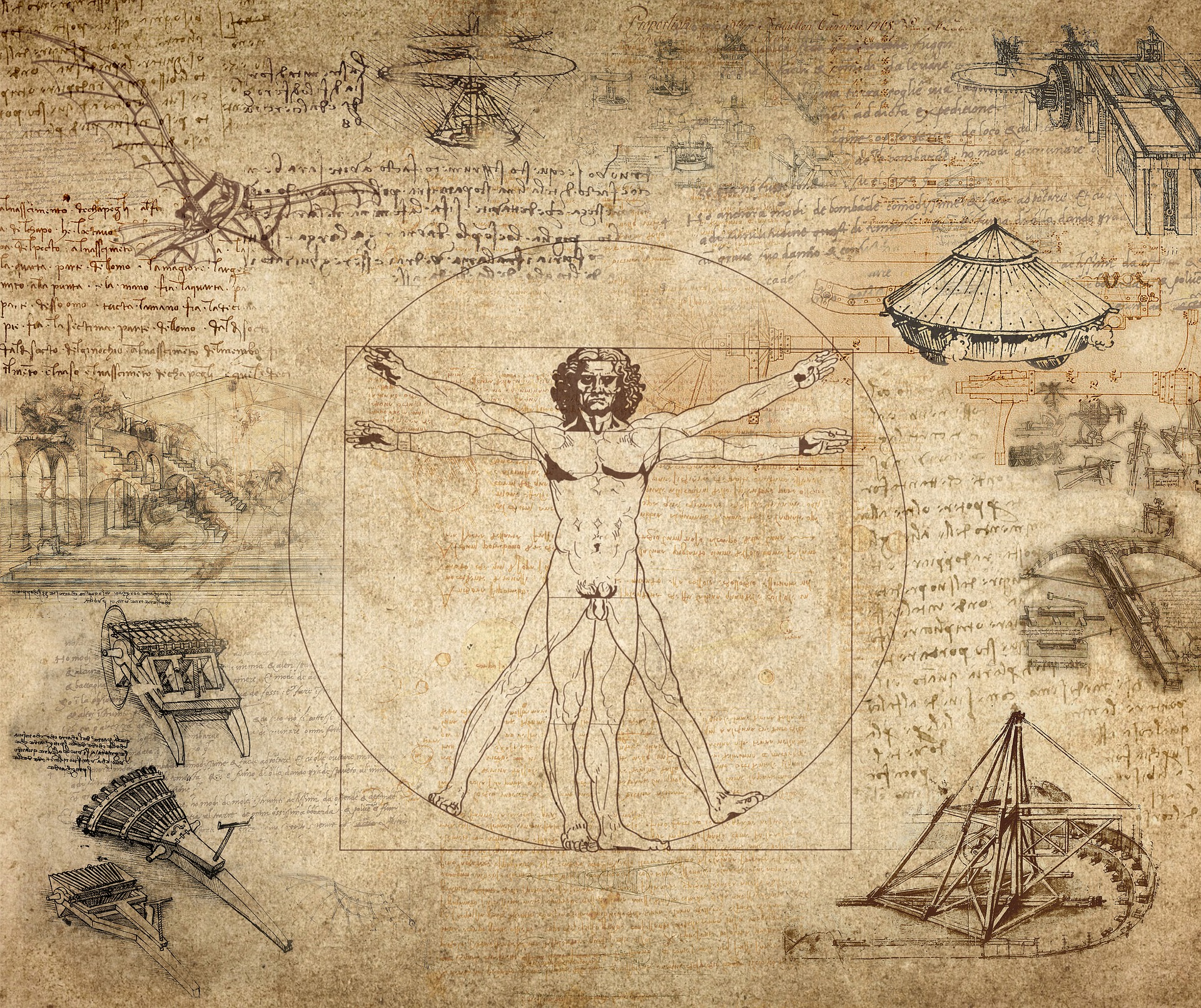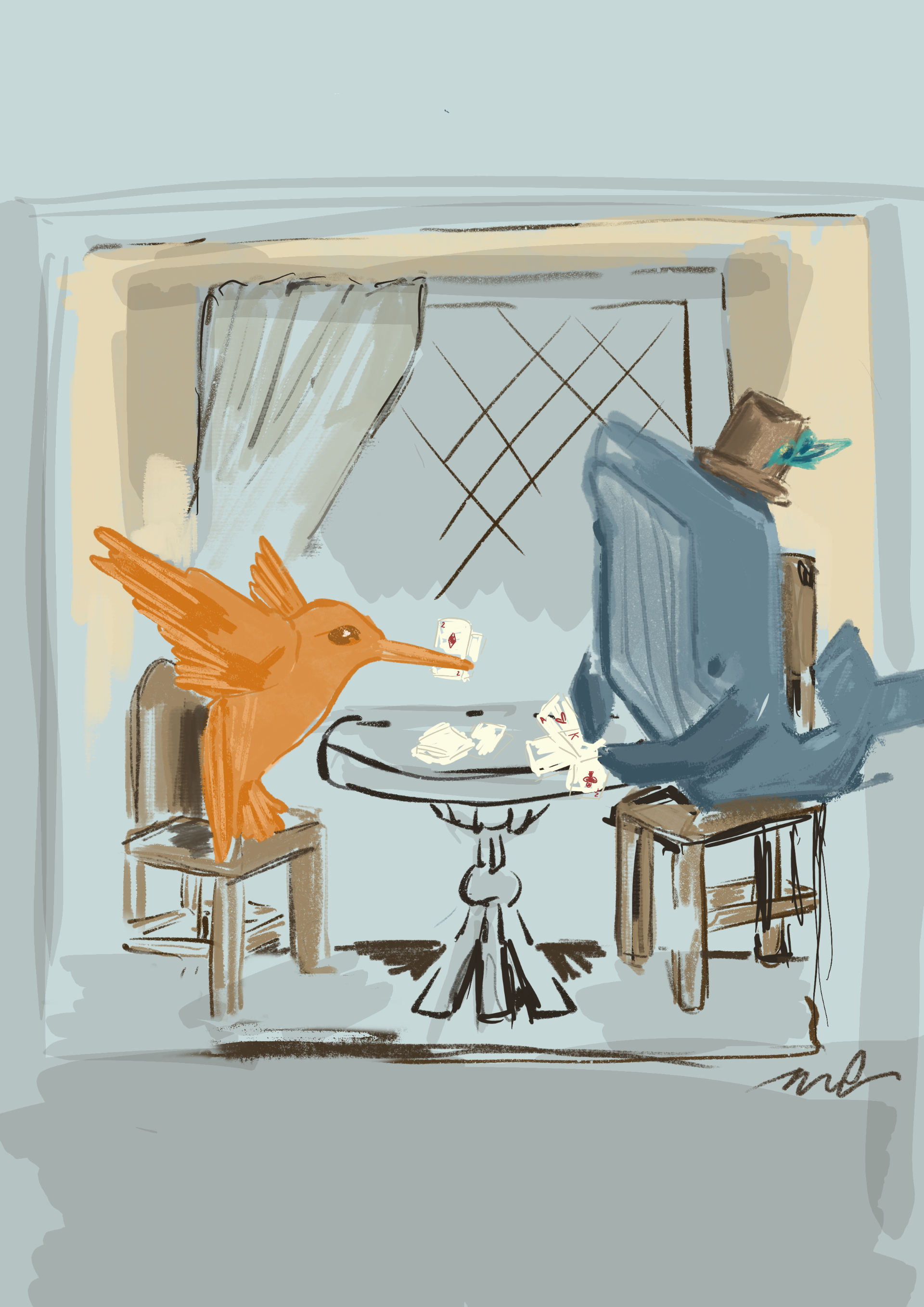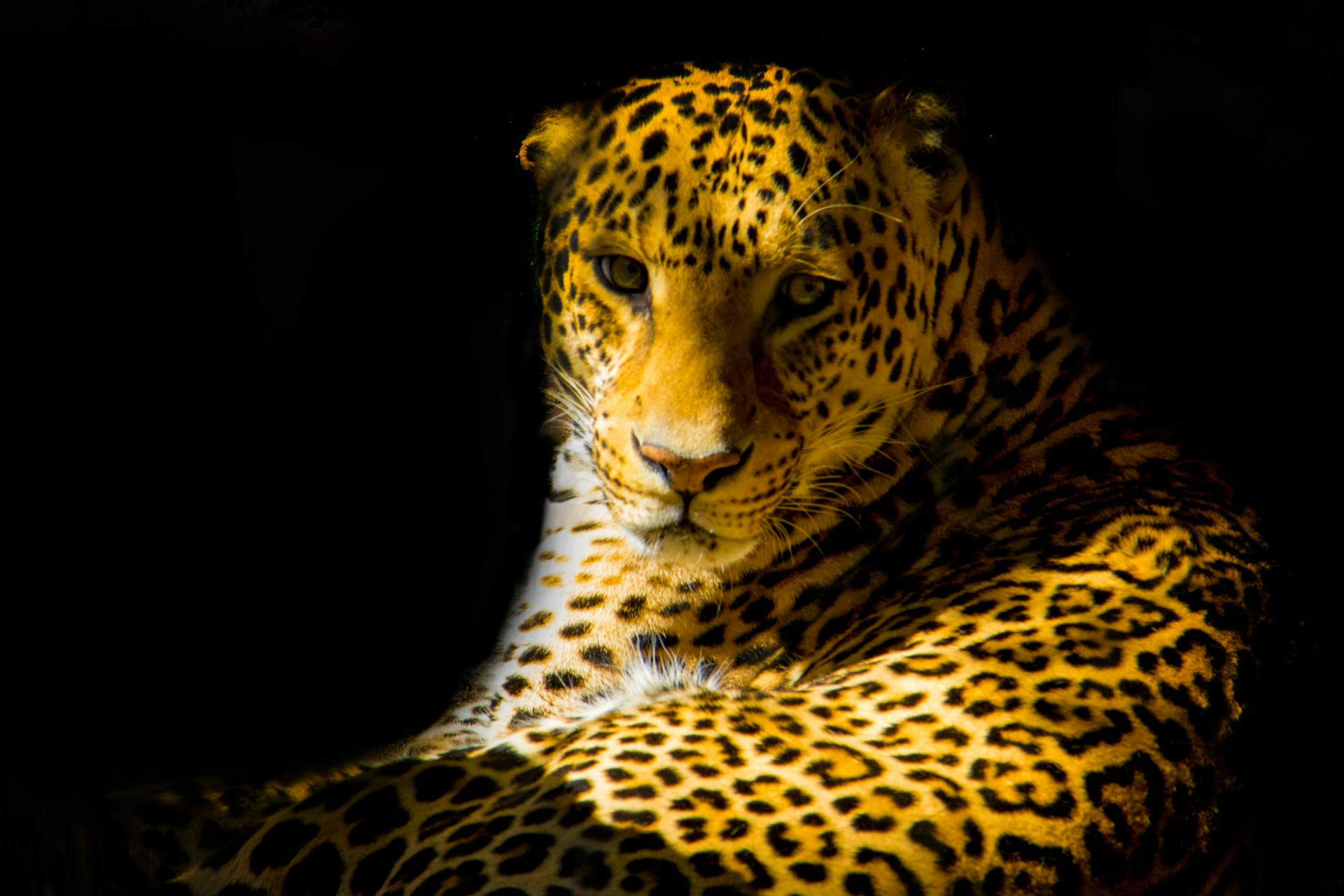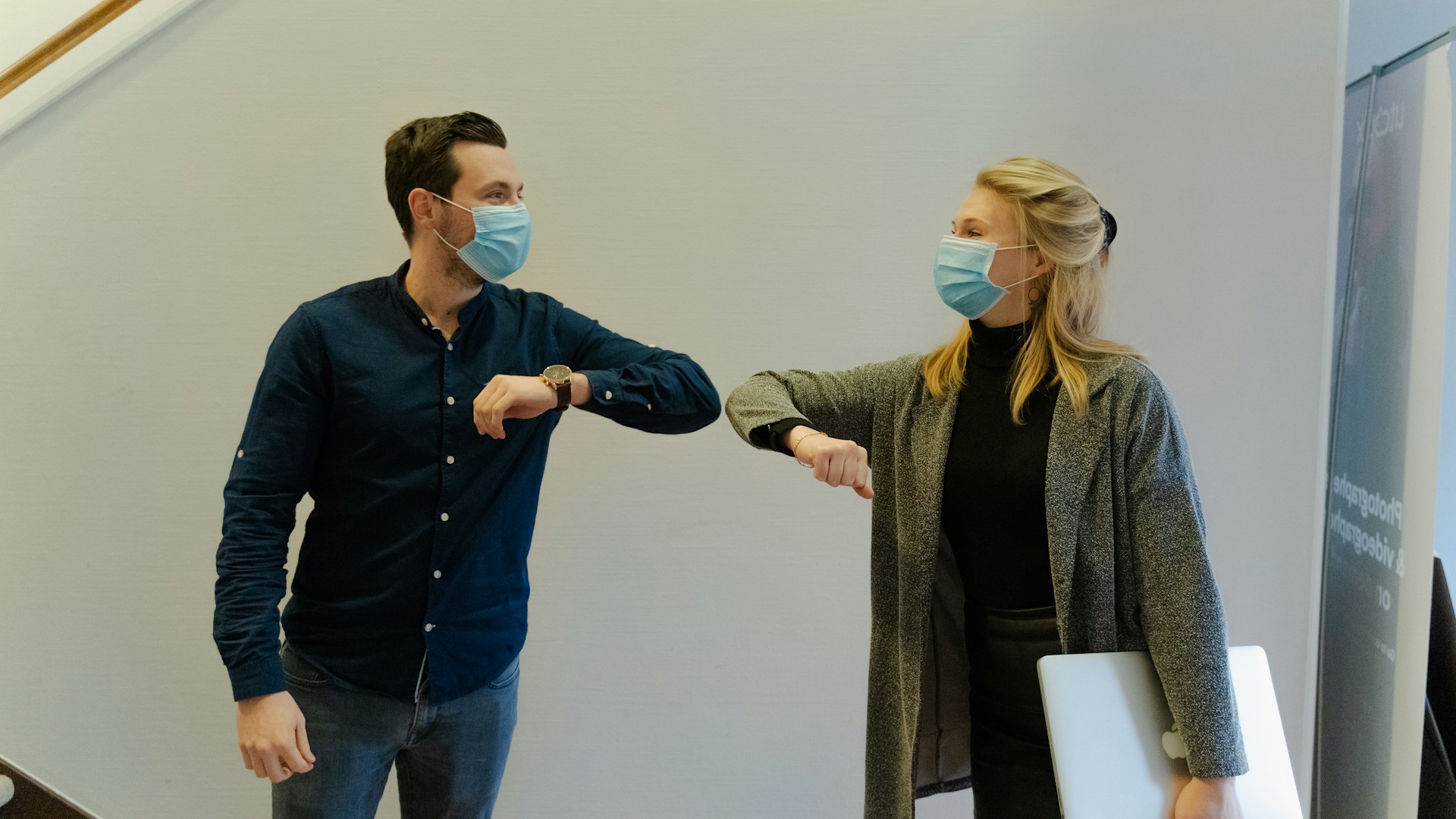By Maya Shah
Year 12, Notting Hill and Ealing High School
Maya Shah is the Year 12–13 category winner of the Michaelmas Term 2022 Schools Science Writing Competition, writing under the theme of ‘To what extent are the Humanities important to scientists?’ You can read more about our category winners and runners-up here.
At first glance, Art may seem unimportant to scientists; the two appear to differ significantly. However, there are many ways in which Art is beneficial to scientists, both for their understanding of scientific concepts and scientific discovery.
Art and Science intertwine when their creativity is considered: both disciplines function on the basis of open-mindedness, problem-solving and imagination.
Nobel Prize winners are 15–25 times more likely to engage in fine arts, crafts, or performing arts than the average scientist, emphasising the importance of Art in scientific success.
Art requires and breeds creativity, which is also central to Science. Despite prior beliefs that scientific advancement requires pragmatic, critical thinking, the importance of creativity in Science is becoming more widely recognised.
Creativity is defined as ‘the ability to produce or use original and unusual ideas’, which is essentially a key principle of scientific innovation. Observing, analysing and creating Art fosters creativity, as it promotes an imaginative way of thinking to solve problems; for example, problem-solving was essential to Watson and Crick’s discovery of the structure of DNA. They spent 7 weeks building and adapting cardboard models of DNA, to determine its base-pairing and structure: such resilience and creativity, opposing the systematic, mathematical approaches of other scientists, was instrumental in their success.
Thus, creative skills and analytical thinking, both gained in the study and practice of Art, greatly benefit scientific innovation.
Exploring Art allows viewers to open their minds to different perspectives and encourages them to analyse deeper than at a superficial level.
Analytic Cubism, a movement pioneered by artists like Picasso, led physicist Niels Bohr to develop the principle of complementarity in quantum physics. This posits that phenomena like light and electrons must be described as having both wave and particle properties but that these can never be observed simultaneously.
Bohr read Du Cubisme, a book on Cubist Theory, exploring painting a scene from every perspective from which it can be viewed; depending on how the painting is seen, one specific viewpoint is observed. This reflects Bohr’s understanding of the wave-particle duality of electrons; depending on which experiment is conducted, they will either exhibit wave-like or particle-like properties.
This demonstrates the influence of artistic movements on Science: it allows scientists to form connections between seemingly distant concepts.
Art enables scientists to represent abstract ideas in a tangible form. Scientific diagrams and representations are vital to understanding convoluted chemical mechanisms and technologies.
The most prominent example of the interconnectedness of Art and Science may be Leonardo da Vinci’s work.
Da Vinci’s anatomical depictions, including the Vitruvian man, greatly advanced the field of human anatomy. Da Vinci dissected 30 corpses, representing his discoveries in detailed sketches, still utilised today.
In 2005, Francis Wells, a cardiothoracic surgeon, used da Vinci’s drawing of the bicuspid valve to develop a new operation technique in which the valve is reconstructed without altering its diameter, allowing for faster recovery.
Medicine is not the only discipline to benefit from such interconnectedness: chemist Harry Kroto used his passion for graphic design to determine the structure of the carbon allotrope, Buckminsterfullerene. Drawing on his artistic understanding, he postulated that Buckminsterfullerene was ‘football-shaped’, composed of hexagons and pentagons, resembling the geodesic spheres popularised by architect Buckminster Fuller.
Without artists who render Science into comprehensible depictions, Science would not only be difficult to understand, but scientific discovery would also be restricted.
However, it is evident certain aspects of Art are not of much importance to scientists. For example, mastering the techniques of batik or pottery is inessential for scientists. Furthermore, fostering creativity is not exclusive to Art; scientists can advance creative thinking skills by exploring challenging scientific problems.
Also, Scientists must verify their discoveries, using evidence to substantiate their claims; the beauty of Art is its subjectivity, allowing each viewer to interpret the piece differently.
Overall, Art is significantly important to scientists, far more than has been acknowledged. Albert Einstein said ‘the greatest scientists are artists as well’; Leonardo da Vinci announced, ‘Art is the queen of all sciences communicating knowledge to all the generations of the world’.
Hopefully, with this symbiotic relationship between Art and Science beginning to be recognised, it can be exploited for further progress in Science and greater appreciation for Art.





